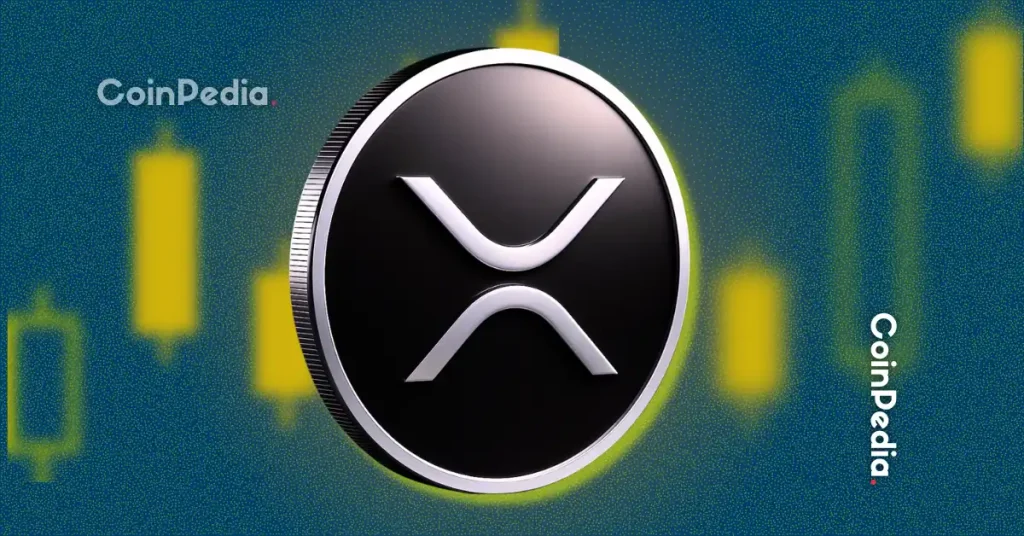The post XRP News: Should Retail Investors Exit as Ripple Targets Wall Street? appeared first on Coinpedia Fintech News
Ripple’s recent acquisitions and partnerships are revealing a larger strategy that appears to move far beyond the retail market. While many early investors viewed XRP as an digital asset for individuals, the company’s ongoing moves hint its real focus is on institutions, banks, and global financial systems.
Building for Institutions, Not Retail
On the Paul Barron Podcast, the host discussed how Ripple’s acquisition of Hidden Road was a big signal. The deal allows financial giants such as BlackRock and other Wall Street players to gain access to improved prime brokerage services using Ripple’s infrastructure.
Ripple has also made strategic moves with GTreasury and Evernorth, both of which enhance its footprint in digital asset treasury management.
XRP as a Global Settlement Asset
According to Jesse from Apex Crypto Consulting, XRP was never intended for retail speculation in the first place. He described it as the digital successor to Special Drawing Rights (SDRs), a global reserve asset issued by the IMF.
This perspective could mean that XRP could eventually serve as a global stable asset, backed by institutional reserves or financial instruments, forming the foundation for a new “digital Bretton Woods” system, a modern version of the global reserve framework established after World War II.
.article-inside-link {
margin-left: 0 !important;
border: 1px solid #0052CC4D;
border-left: 0;
border-right: 0;
padding: 10px 0;
text-align: left;
}
.entry ul.article-inside-link li {
font-size: 14px;
line-height: 21px;
font-weight: 600;
list-style-type: none;
margin-bottom: 0;
display: inline-block;
}
.entry ul.article-inside-link li:last-child {
display: none;
}
Documents from global organizations, including the World Bank, have already referenced XRP and Stellar (XLM) as potential stablecoins. While these assets are not currently pegged to any currency, such classification implies that they could be backed or stabilized by reserves in the future, aligning with Ripple’s long-term institutional focus.
Retail Role Was Only Temporary
The expert argues that retail investors were never the main target for Ripple — they were simply part of the early phase to generate liquidity and kickstart market adoption.
Years ago, a Ripple executive mentioned that retail traders helped “get the ball rolling,” but the company preferred less noise and volatility, focusing instead on enterprise-grade applications. Hence, the expert concluded that retail participation provided initial exchange liquidity, but the endgame has always been global financial integration.
Never Miss a Beat in the Crypto World!
Stay ahead with breaking news, expert analysis, and real-time updates on the latest trends in Bitcoin, altcoins, DeFi, NFTs, and more.
FAQs
Ripple’s strategy focuses on institutional and global finance use, not retail trading, aiming to power cross-border settlements for banks.
Ripple’s acquisition of Hidden Road expands access for major financial firms to use Ripple’s infrastructure for digital asset brokerage.
Not primarily. Retail users helped build liquidity, but Ripple’s long-term goal centers on institutional adoption and global financial systems.
Analysts and AI forecasts project XRP could reach $5.05 by the end of 2025, driven by ETF approvals, partnerships, and regulatory clarity.
The post XRP News: Should Retail Investors Exit as Ripple Targets Wall Street? appeared first on Coinpedia.org.











